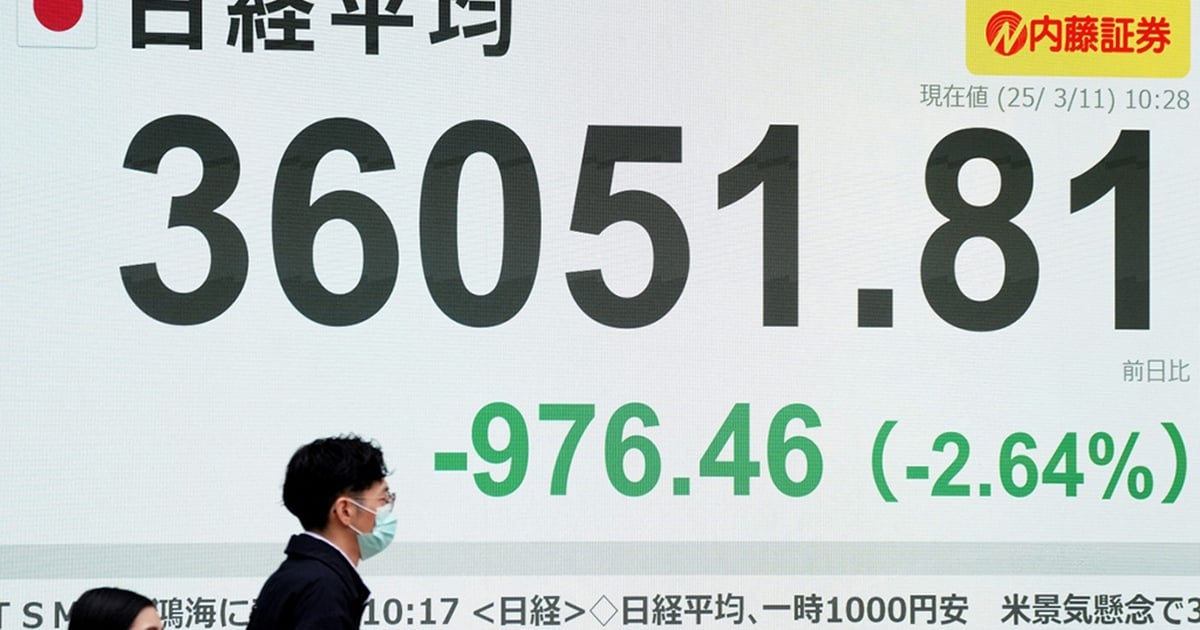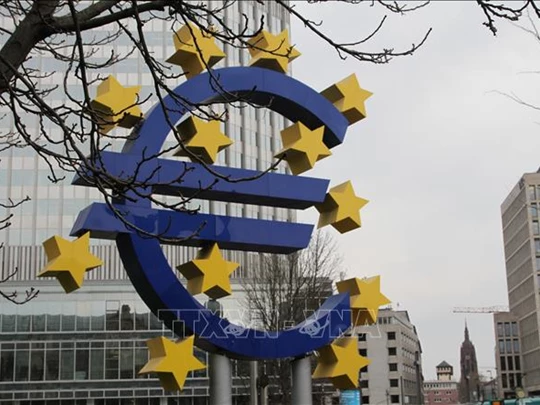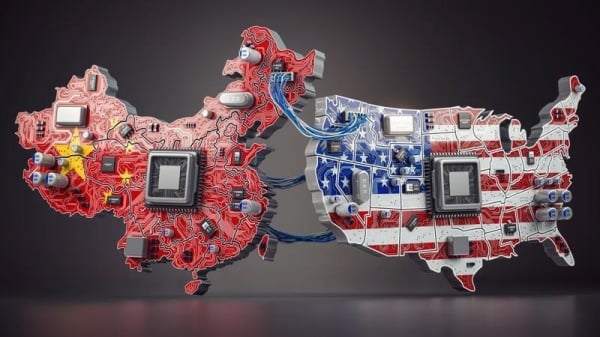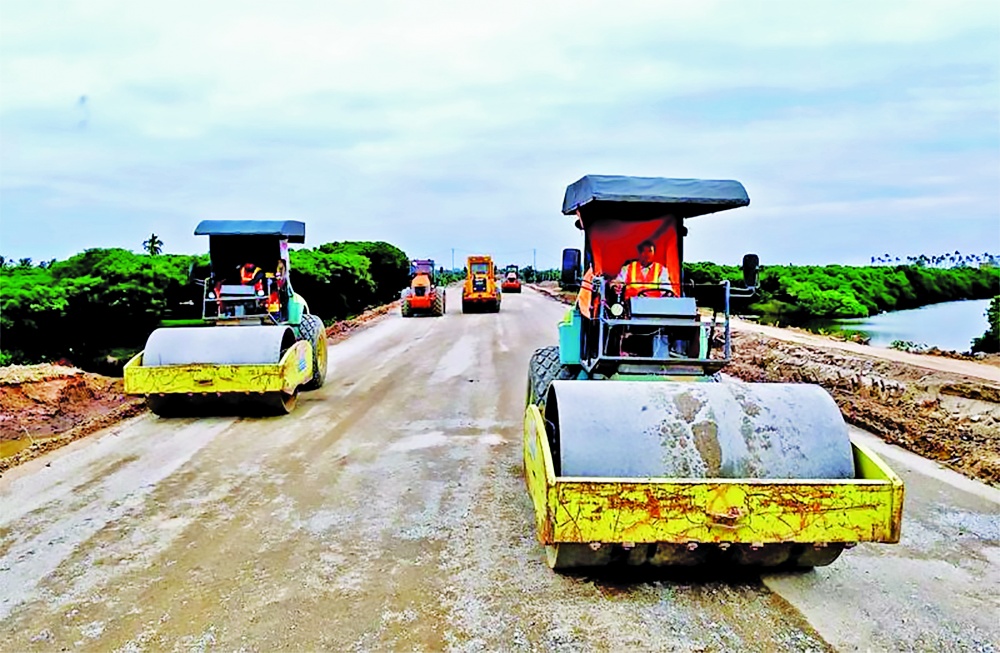The US economy is showing many "unprecedented" characteristics in previous growth and recession cycles, according to experts.
The U.S. Commerce Department said today that GDP grew at an annualized rate of 2.4% in the second quarter, up from the first quarter and above the 1.8% growth forecast by analysts polled by data firm Refinitiv.
Consumer spending grew just 1.6% in the second quarter (on an annualized basis), down from 4.2% in the first quarter but still enough to boost growth as it accounts for the bulk of economic activity and contributed nearly half of total GDP growth.
Americans are enjoying a strong labor market, with recent wage growth outpacing inflation. The Labor Department said jobless claims fell by 7,000 last week to 221,000, a historic low and on par with the 2019 average.
Business investment grew 7.7 percent in the second quarter, up sharply from 0.6 percent in the first quarter. The two factors combined to beat economists' earlier forecasts of a recession starting in the middle of this year due to rising interest rates.
The second-quarter growth results add to the prospects of a “soft landing,” in which the economy slows down slowly and steadily rather than sharply and triggering a recession. “We’ve passed the danger point. Instead of tipping into recession, we’ve moved to the balance between recession and no recession,” said Amy Crews Cutts, chief economist at consulting firm AC Cutts & Associates.
On July 26, the US Federal Reserve (Fed) raised interest rates by 25 basis points (0.25%), bringing the reference interest rate to around 5.25-5.5% - the highest since 2001. Fed Chairman Jerome Powell said confidence in the possibility of a soft landing has increased.
Fed officials are no longer predicting a recession like they did at the start of the year.
The U.S. economy expanded by more than 2% last year, after a slight contraction in early 2022. Growth has been roughly in line with the pace recorded in the decade before the pandemic. Many economists still expect U.S. growth to slow later this year and in 2024, but recession fears have eased. The Conference Board said U.S. consumer confidence continued to improve in July. Consumers were less worried about a recession and more optimistic about the future.
Small businesses are also feeling better about the economy. In July, 37% of small businesses said they believed the economy would worsen over the next 12 months, the highest level since February 2022, according to consulting firm Vistage Worldwide.
The International Monetary Fund said economic growth in the US and globally this year is likely to be stronger than previously estimated.
Why are recession forecasts in the US constantly wrong, making it increasingly difficult for experts and businesses to predict?
Fundamentally, the current economic landscape and circumstances are unprecedented in the superpower's previous cycles of growth and recession.
According to the National Bureau of Economic Research, the academic organization that determines the country's business cycle, the United States has had 12 expansions and 13 recessions since 1945. Until 1981, expansions lasted an average of 3.7 years and were usually ended by the Fed raising interest rates to combat inflation.
But in 1981, then-Fed Chairman Paul Volcker engineered a deep recession that led to a long period of falling inflation, eventually stabilizing at around 2%. In 1984 and again in 1994, the Fed raised interest rates before inflation really took off, and the economy continued to grow for six straight years on the back of globalization, labor force growth, and technological advances.
The four economic expansions since 1981 have lasted between six and nearly 11 years. Instead of inflation, they have ended in some sort of rupture, such as the tech recession in 2001 and the housing bubble bursting in 2007. The nearly 11-year expansion that ended in February 2020 was an outlier, not due to inflation or a financial crisis, but to a pandemic and lockdowns. Without Covid-19, it would have continued to this day.
So is the current cycle more like the cycles before or after 1981? On the surface, the economy looks a lot like the 1960s and 1970s in that it was overheated and inflationary. But the Fed has never had a soft landing with inflation well above its target and the labor market as tight as it does now.
But the economy also shares similarities with post-1981 cycles in that it has seen cracks in some sectors as interest rates have risen. This year, three US banks have failed, but they have not been widespread and the impact has been modest.
In a report this week, Bank of America economists said much of the risk of rising interest rates has been absorbed by the Fed or banks through Treasury purchases. The good news is that “the Fed has the mandate, tools, acumen, data and experience to address emerging stresses in the banking system,” the bank said.
Thus, although there are signs of similarity to the post-1981 recessions, the imbalances that led to past financial crises appear to be absent.
The source of inflation, the reason the Fed has to intervene to push the economy down, is also different. In the past, inflation was caused by demand exceeding supply. This time, a bigger culprit is the disruption of supply — goods, transportation, goods, labor — due to the pandemic and the conflict in Ukraine.
Recovering supply and strong labor demand are also being met with a higher share of the population aged 25 to 54 working or looking for work than before the recession. And despite the tightening labor market, the wage-price spiral remains unclear. Also, unlike before 1981, the public’s long-term inflation expectations remain stable, at around 2% to 3%.
Inflation is also harder to control because the structural factors that helped keep costs down in previous decades have been reversed. Geopolitical tensions, protectionism, deglobalization and aging populations are all making supply chains more expensive. It’s possible that artificial intelligence will increase productivity, but that’s purely hypothetical for now.
All of this makes the answer to when the US will enter a recession different for experts and business leaders. However, according to the WSJ analysis, if the Fed does successfully soft-land, historical experience may suggest that the US could continue to grow for another four or five years.
Phien An ( according to WSJ )
Source link




























































































Comment (0)